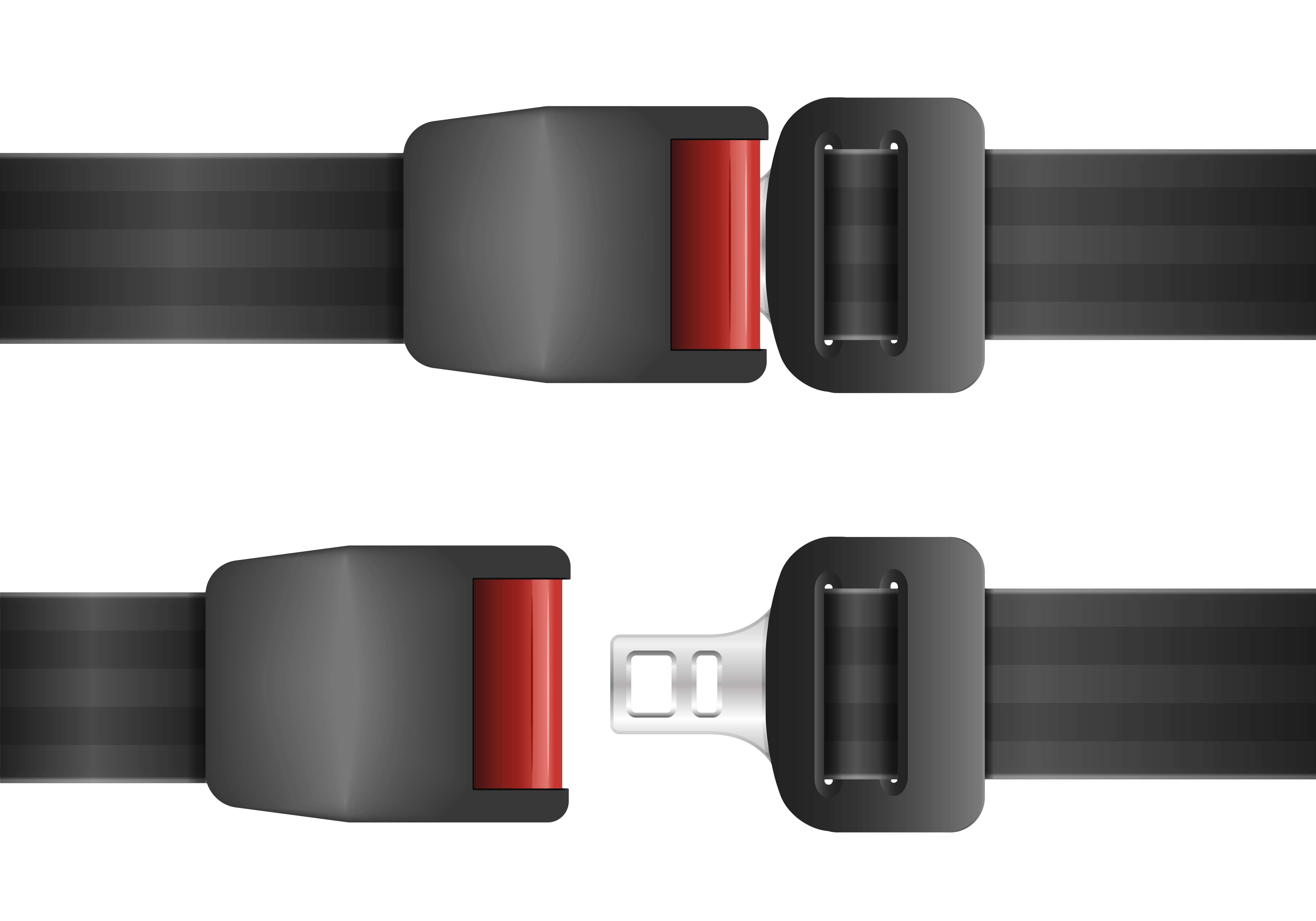With a teen driver in my house, safe driving is top of mind. Is she wearing her seat belt? Is she obeying the speed limit? Is she resisting the temptation to use her cell phone? Laws and frequent reminders from Mom and Dad are intended to safeguard her against undue risk behind the wheel.
This is not unlike the current voluntary critical illness market, where the temptation to disregard safety measures is very real. Writing profitable business should be top of mind, and guidelines should be in place to mitigate risk and limit adverse selection.
RGA recently fielded the second edition of our critical illness survey, Critical Illness Underwriting Practices for Employer Groups. The survey confirms what we are seeing and hearing in the market: The trend is to liberalize certain underwriting practices and product features.
Liberal Underwriting Practices
One example of this is the pre-existing condition limitation, where 16 of 21 respondents said they have experienced an increase in the number of requests to remove pre-existing limitations entirely. This is a troubling trend for guaranteed issue voluntary products, as pre-existing limitations are one of the few ways to mitigate anti-selection risk. In fact, nine carriers specifically mentioned reducing or waiving the pre-ex provision as one of their top three critical illness trends of most concern. A 12/12 pre-existing condition provision remains the most common standard across all group sizes, but a handful of carriers said it was standard to waive the pre-ex provision for groups over 500 or 1,000 lives. Carriers can adjust rates for this, but the real risk is the potential for unexpected changes in the behavior of the insured. The actual results will depend on factors such as enrollment conditions, case size, and whether the group is a takeover case or new business.
Another trend is ‘perpetual’ guaranteed issue. Nearly half of participating carriers offer open enrollments with guaranteed issue to accommodate private exchange and enrollment platform requirements. As standard practice for renewal and annual enrollments with guaranteed issue, over half of these carriers allow all employees and dependents to elect coverage with no evidence of insurability. Contrast this with the survey results from two years ago, when carriers were more cautious with open enrollments. At that time there were noted instances of requiring medical evidence during open enrollments for renewal business. Perpetual guaranteed issue opens up the risk that an employee will wait to enroll for coverage when he or she has a greater chance of needing it. A pre-existing condition provision can help mitigate this anti-selective behavior, but what happens when the carrier is asked to waive the pre-ex and offer guaranteed issue at every annual enrollment? You can already feel the seat belt slipping away.
Generous Plan Designs
Our latest survey shows almost half of the carriers no longer have a lifetime maximum benefit amount, and it is becoming more common to pay 100% of the initial benefit for recurrence. While not specifically addressed in the 2015 survey, our related research showed the norm was to limit the maximum benefit to a multiple of the initial benefit, such as 300%. Recurrence benefits were typically equal to 25% or 50% of the initial benefit. The trend toward unlimited maximums is less concerning than 100% recurrence benefits. The likelihood of someone experiencing several critical illnesses, surviving each of them and keeping his or her coverage in force is small, limiting the maximum exposure. I am more cautious about 100% recurrence benefits because of the potential for mispricing. Carriers have filed wide-ranging rate loads, but not enough time has passed for most carriers to have credible insured experience to support those loads.
Composite Rate Structures
One more emerging trend is the willingness of carriers to offer composite rates on employee-paid critical illness coverage. In 2015, while common for employer-paid coverage, none of the carriers surveyed offered composite rates on voluntary coverage. Turn to 2017, and five of the 21 respondents said they do. Two are in the large case market (1,000+ lives), two focus on groups with 50-499 lives, and the other carrier actively markets to all segments. Composite rates can present challenges for voluntary business. Critical illness claim costs increase with age, so if the composite rate is based on a census of eligible employees, but more older workers than younger workers purchase the insurance, the group will be underpriced.
Looking Ahead
Critical illness has been one of the fastest growing voluntary products, and the product itself has evolved at a rapid pace. We’ve watched increasing guaranteed issue levels, the “arms race” of new covered conditions, the emergence of multi-pay plan designs, and the removal of benefit waiting periods. Fortunately guaranteed issue amounts appear to be remaining steady for now, but the newer trends highlighted above should make the industry pause and ask if it is moving too fast or giving up too many built-in protections.
Some rules of the road:
- Know your passengers. Go back to basics and identify primary underwriting concerns: Who are your clients? Where do they live? What do they do? How old are they? If you are going to liberalize your underwriting practices, be sure to identify the best cases for high participation rates to spread your risk and protect you from unexpected claims.
- Be aware of all hazards. Consider the combinations of all benefits you are allowing and look at your portfolio as a whole. If you give up protections in one area, try to mitigate your risk elsewhere. For example, if you offer lower rates, you might also lower the rate guarantee period from three or four years down to two.
- Share the road and avoid distracted driving. New entries are making an already crowded marketplace more and more competitive. As traffic picks up, carriers can gain a competitive advantage by identifying strengths, focus areas, key clients, and potential niche offerings. Trying to compete by being all things to all people often leads to getting left behind.
- Watch where you are going. Be sure to monitor your own experience and adjust accordingly. That may sound basic, but in devoting so much attention to finishing ahead of the competition, carriers can overlook their own lessons learned along the way.
- Find a good navigator. In addition to sharing risk, the right reinsurer can provide a high-level view of the competition and an evolving industry landscape. At RGA, we team with insurers to serve consultant partners, providing reviews, underwriting expertise, and other support services .
Are we driving too fast with our seat belts unbuckled? We won’t know for a few years when we have the opportunity to look back in the rearview mirror.
Interested in learning more about RGA’s critical illness survey and other work on voluntary products? Join me and my RGA colleagues at the Supplemental Health and Protection Conference sponsored by LIMRA, LOMA and the SOA, September 25-27 in Baltimore. Mary Johnson, Senior Marketing Underwriter, and Jeff Schuh, Vice President and Actuary, will lead an underwriting case study workshop based on real-life critical illness, accident, and hospital indemnity cases in the group market and will supplement their discussion with results from this survey. Dr. Dave Rengachary, Senior Vice President and Chief Medical Director, will speak on the medical nuances of critical illness benefits and I will share results from RGA’s voluntary accident survey.
Can’t make the conference? Contact us to learn how RGA can help you navigate a voluntary benefits market moving at full speed.
Composite Rate Structures
One more emerging trend is the willingness of carriers to offer composite rates on employee-paid critical illness coverage. In 2015, while common for employer-paid coverage, none of the carriers surveyed offered composite rates on voluntary coverage. Turn to 2017, and five of the 21 respondents said they do. Two are in the large case market (1,000+ lives), two focus on groups with 50-499 lives, and the other carrier actively markets to all segments. Composite rates can present challenges for voluntary business. Critical illness claim costs increase with age, so if the composite rate is based on a census of eligible employees, but more older workers than younger workers purchase the insurance, the group will be underpriced.
Looking Ahead
Critical illness has been one of the fastest growing voluntary products, and the product itself has evolved at a rapid pace. We’ve watched increasing guaranteed issue levels, the “arms race” of new covered conditions, the emergence of multi-pay plan designs, and the removal of benefit waiting periods. Fortunately guaranteed issue amounts appear to be remaining steady for now, but the newer trends highlighted above should make the industry pause and ask if it is moving too fast or giving up too many built-in protections. Are we driving too fast with our seat belts unbuckled? We won’t know for a few years when we have the opportunity to look back in the rearview mirror.
Rules of the Road for Voluntary Critical Illness
- Know your passengers and avoid picking up strangers. Be strategic about which cases you present the most liberalized plan offers. Focus on your target market and identify prospects in your pipeline with favorable case characteristics. Look closely at employee turnover rates. A quick internet search can tell you a lot about a company and employee satisfaction – oftentimes you also get a glimpse of employee opinions on their benefits package. When you liberalize underwriting practices, do so for cases that have good potential for meeting preferred participation rates with stable workforces to spread your risk and help protect you from unexpected claims.
- Be aware of all hazards. Consider the combinations of all benefits included in your offers and stay mindful of your portfolio as a whole. If you give up protections in one area, try to mitigate your risk elsewhere. For example, if you remove the pre-existing condition limitation, offer annual open enrollments, and include 100% recurrence benefits, you may want to avoid offering an extended rate guarantee beyond your standard.
- Watch where you are going and keep an eye on your rearview mirror. Be sure to monitor your own experience and adjust accordingly. That may sound basic, but in devoting so much attention to finishing ahead of the competition, carriers may overlook their own lessons learned along the way.
- Share the road and avoid distracted driving. New entrants are making an already crowded marketplace more and more competitive. As traffic picks up, carriers can gain a competitive advantage by identifying their strengths, staying true to their marketing plan or niche market, and managing key client and broker relationships.
- Find a good navigator. In addition to sharing risk, the right reinsurer can provide a high-level view of the competition and help you stay current in an evolving industry landscape. At RGA, beyond the reinsurance relationship, we offer insurers value-added services such as plan design consultation, underwriting guidelines analysis, and pricing and other product development support.



